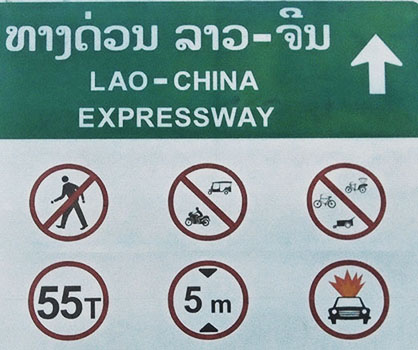
Lao-China Expressway Info by Hobo Maps - - - HOME
Click to see our Lao-China Expressway Map
The first Lao-China Expressway section between Vientiane and Vang Vieng opened at the end of 2020. It now takes just over one hour to drive the 111 km distance. The next section between Vang Vieng and Luang Prabang is experiencing major delays. In Jan. 2023 the Lao government announced that the construction contracts with China Yunnan Construction and Investment Holding Group (YCIH) were being cancelled for the next two expressway sections Vang Vieng to Luang Prabang and Luang Prabang to Oudom Xay. A new contractor will need to be found and agreements reached before construction can begin. Eventually the Expressway will go all the way to the China border at Boten.
There have already been a number of accidents and collisions with cattle walking on the roadway. Drivers need to be cautious, drive slowly, keep a safe distance between vehicles and watch for roaming cattle. Drivers may be fined for causing accidents or damage to the roadway facilities.
The Expressway does not allow pedestrians, motorbikes or bicycles. We've seen them refuse a vehicle with riders sitting in back of a truck in the open.

Expressway toll fees increased about 20% in November 2023 based on the US Dollar versus Lao Kip exchange rate. We can expect toll fee adjustments every few months based on future exchange rates. The distance between Vientiane and Vang Vieng is now charged at 111 km.
The new toll rates for trips between Vientiane and Vang Vieng are now approximately:
Vehicles weighing less than 2 tons - 139,000 kip per trip;
vehicles weighing between 2 tons and 5 tons - 231,000 kip;
vehicles weighing between 5 tons and 10 tons - 322,000 kip;
vehicles weighing between 10 tons and 15 tons 460,000 kip;
vehicles weighing between 15 tons and 20 tons - 598,000 kip.
The Lao-China Expressway between Vientiane and Vang Vieng was completed ahead of schedule but in 2023 the service areas along the route are still under construction and there are no gas stations, restaurants or toilet facilities along the route. It looks like the Phonhong service area may open soon.
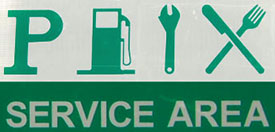
Lao-China Expressway Entrance/Exit Toll Gate near Vientiane shown below:
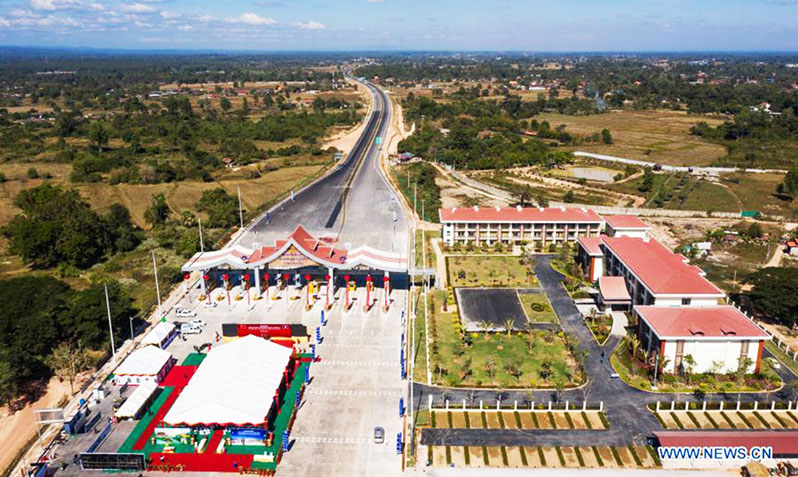
Lao-China Expressway near Vang Vieng shown below:
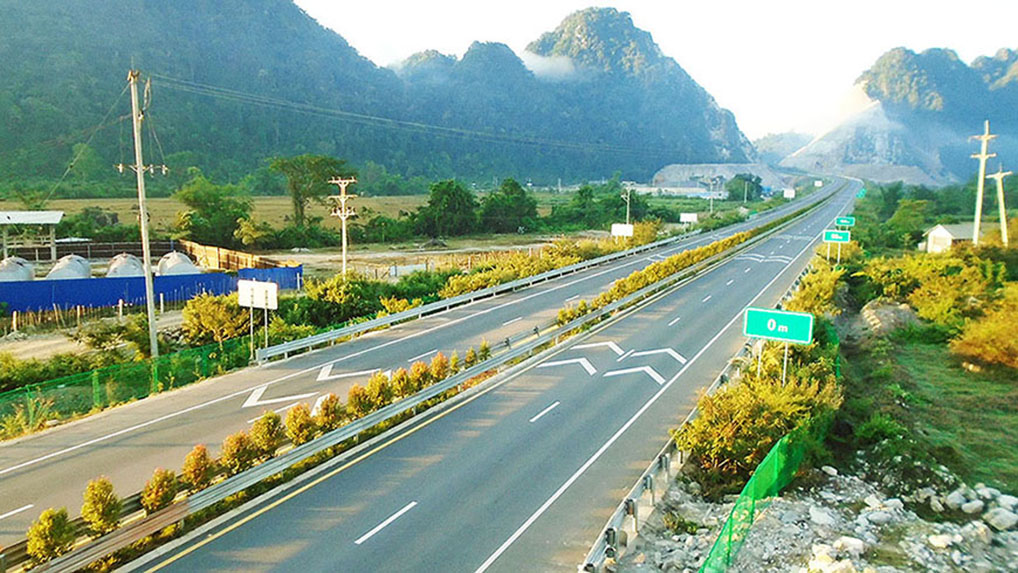
The Expressway has six places along the route to enter or exit other than at each end in Vientiane and Vang Vieng. Each of these intermediate places has a toll gate and names that include their kilometer distance from Vientiane as listed below:
Vientiane toll gate at km 0
Ban Nasone exit 11
Ban Boua exit 26
Ban Saka exit 41
Mouang Phonhong exit 56 (near junction of Highway 13 with Highway 10 to get to middle of Nam Ngum Reservoir)
Hin Herb exit 74 (at Hin Heup town)
Ngeum Lake exit 93 (at north end of Nam Ngum Reservoir)
Vang Vieng exit 108
Toll Gate Symbol image below:

ETC - Electronic Toll Collection system is available as a way to automatically collect toll fees and speed up transit through toll gates. Users need to deposit funds in advance and (probably) install a transmitting device onto their vehicle so they can use the system without paying cash at the toll gates. We see an ETC building located at the Vientiane Expressway entrance toll gate where we assume people can enroll in the ETC system.
Each Expressway toll gate has its own lodging facility for employees who work there. The Electronic Toll Collection office (ETC) is also in this facility as shown in image below.
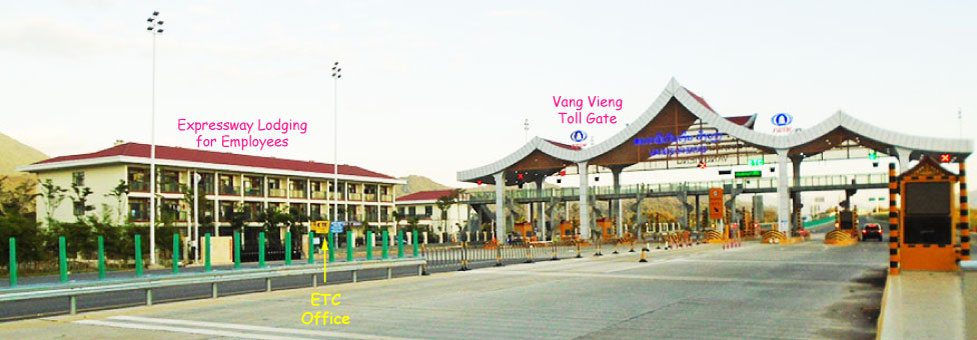
Image below shows Expressway bridge and 3 other bridges at Hin Heup over Nam Lik river at high level due to reservoir backup from Nam Lik 1 Dam .
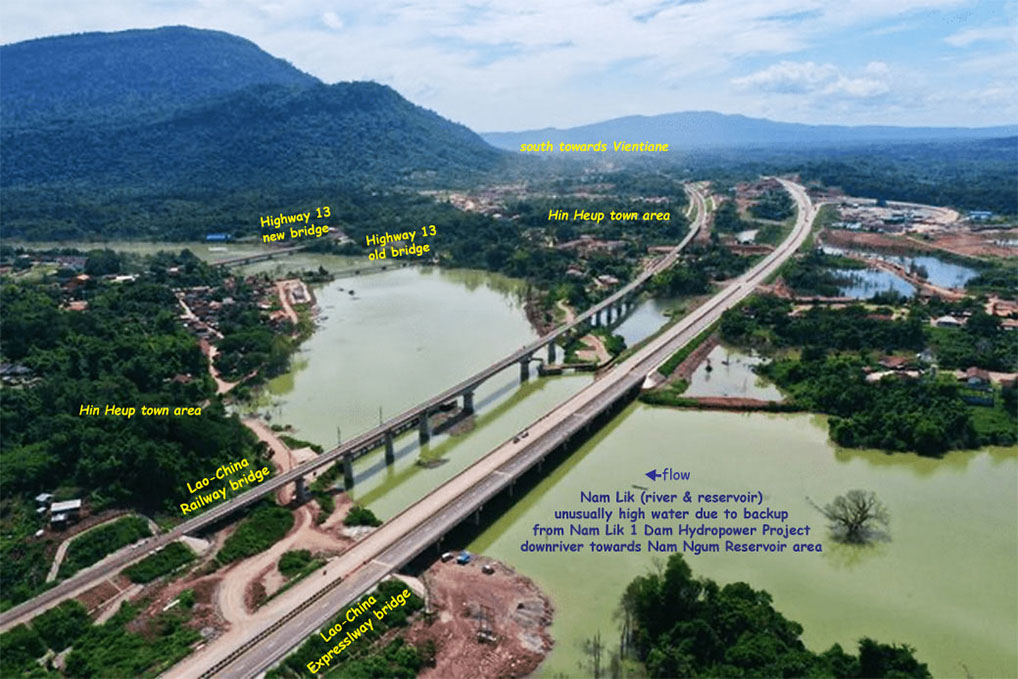
Lao-China Expressway section from Vientiane to Vang Vieng - was developed and constructed by China Yunnan Construction and Investment Holding Group (YCIH) at a total cost of about US$ 1.5 billion. It seems like YCIH is also managing the toll collection and maintenance of the Expressway that operates under a 50 year concession agreement with the Lao government.
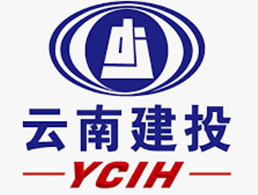
Expressway toll tickets below show most common fares of 100,000 kip and 166,000 kip November 2022.
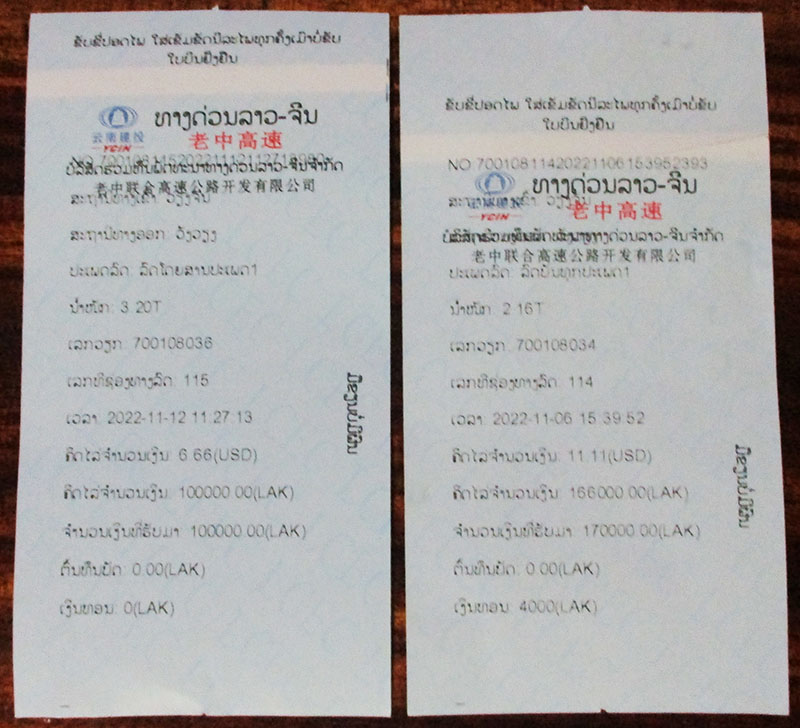
Expressway Construction Quality
Images below show construction of Expressway in progress at Vang Vieng toll gate entrance in Aug. 2020. Notice the sandal in first image that shows depth of concrete as full length of size 42 sandal or about 27 cm (10.6 inches). Together with extra heavy-duty rebar it may last the full 50 years of the concession period.
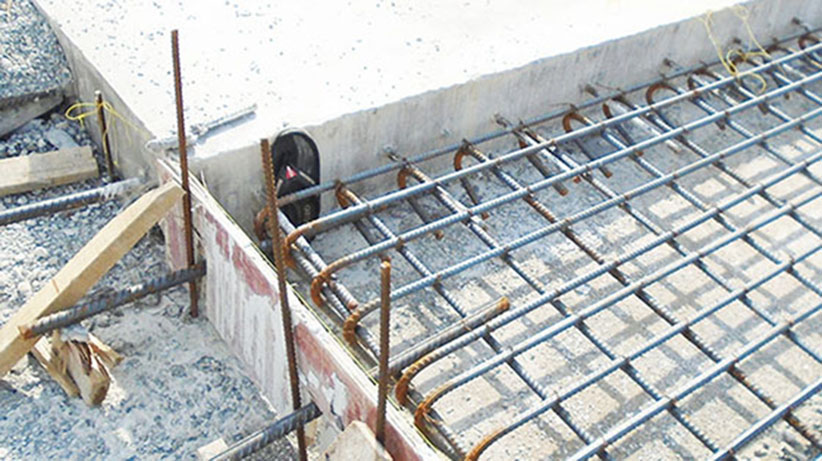
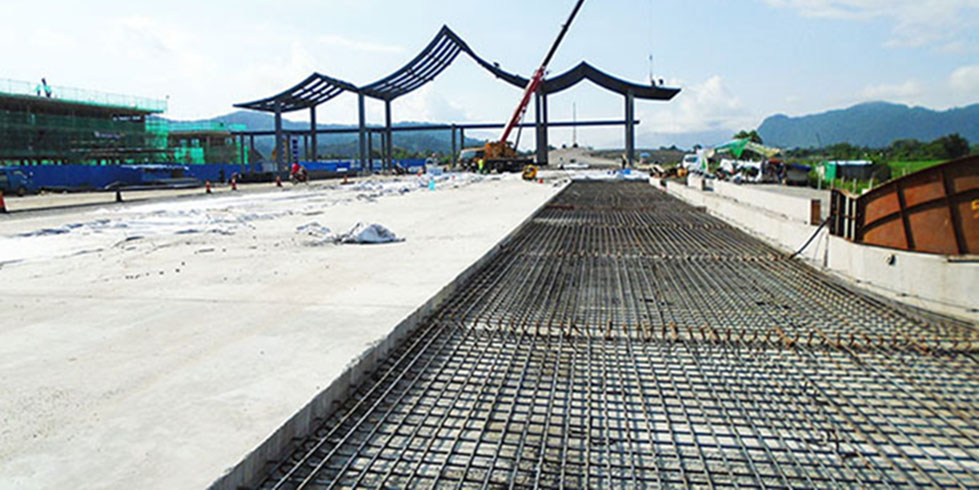
The survey of the next three sections of the Lao-China Expressway Toll Road is now complete. They estimate it will take 10 years to finish building the next three sections from Vang Vieng to the Chinese border.
1. The first section between Vientiane and Vang Vieng has been built and has been in use since Dec. 2020. It was constructed mainly by China's Yunnan Construction and Investment Holding Group.
2. Section 2 between Vangvieng and Luang Prabang will cost about US$ 3.2 billion
3. Section 3 from Luang Prabang to Oudom Xay will cost US$ 2.89 billion
4. Section 4 from Oudom Xay to the Chinese border at Boten will cost US$ 1.6 billion.
The Lao-China Expressway operates under a 50-year concession period. Most of the work on the project is undertaken and managed by Chinese firms from Yunnan.
Other Toll Road Projects
Vientiane-Pakse Expressway Toll Road is planned to be the southern portion of the Lao-China Expressway
The Lao government has approved the route selection for the Vientiane-Pakse Expressway project which is the southern portion of the Lao-China Expressway. The Vientiane-Pakse Expressway section will be 578.6 km long and estimated to cost around US$ 5.1 billion. In 2018, several Chinese companies including China Road and Bridge Corporation and the Lao government signed a Memorandum of Understanding (MOU) for the joint construction of the Vientiane-Pakse Expressway.
This southern expressway will consist of five sections that basically run parallel to National Road 13 South. The first section will be 126 km long and connect Vientiane with Paksan in Bolikhamxay province.
Huay Xay to Boten Expressway Toll Road Planned
Surveyors are also currently working on another major highway project to connect Boten at the China border with Huay Xay (Bokeo) at the Thailand border. This project was approved by the Lao government in 2020 and would have an estimated cost of US $3.8 billion. The 180 km route would probably run parallel with existing National Road 3 most of the way and cut the journey time from southern China to northern Thailand to two hours. There is an existing Thai-Laos Friendship Bridge over the Mekong River just south of Huay Xay but new Expresswy toll road would probably require a new Mekong bridge. The connecting roadway AH3/1020 on the Thai side has already been widened and improved to a 4-lane divided highway going south towards Bangkok and is ready to handle increased traffic. See our Thailand Golden North Map.
Laos as Modern Transport Hub
These new express roads when finished and linked to the new high-speed Lao-China Railway will leapfrog Laos into position as the transportat hub and envy of other Southeast Asian nations. These modern systems will create efficient rapid-transport routes between China and mainland Southeast Asia while stimulating economic growth and tourism in Laos.